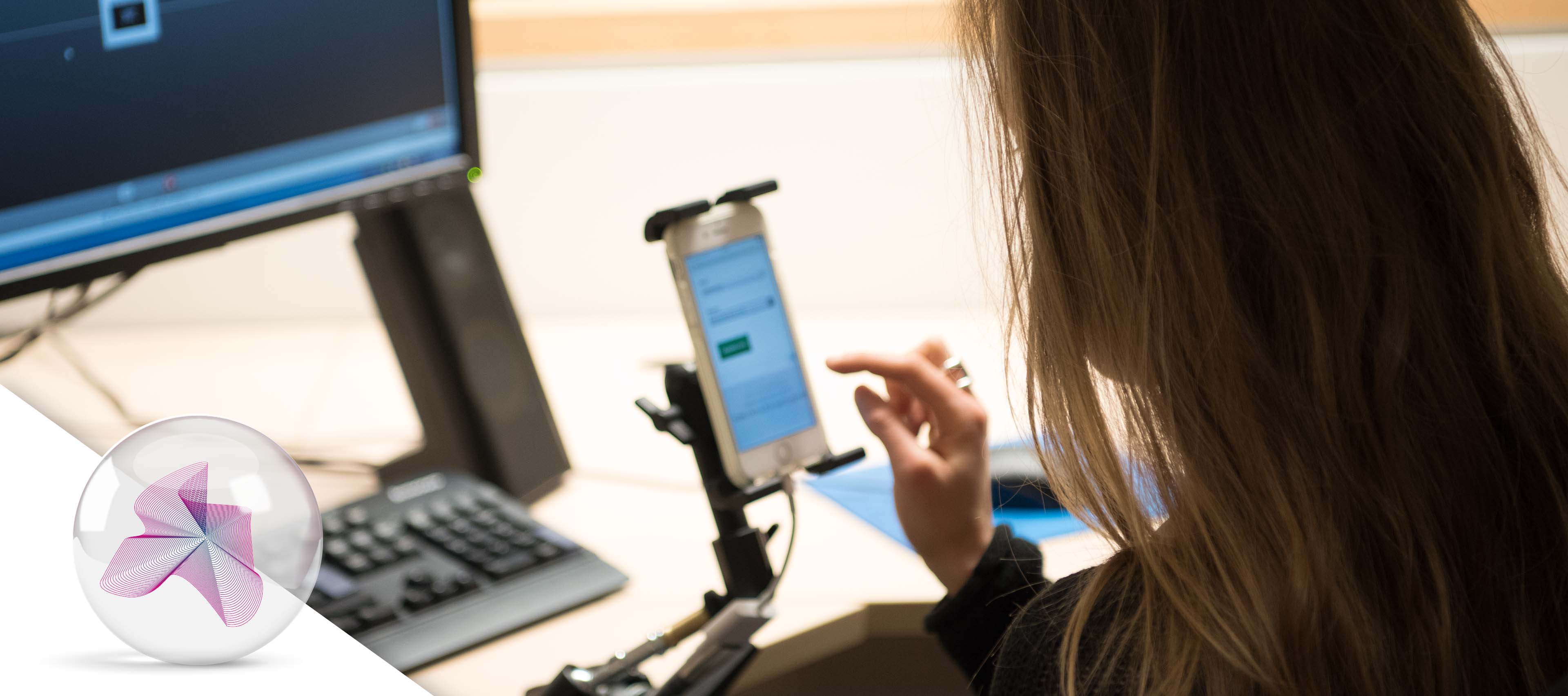Harnessing data to improve user experience
A multidisciplinary team in HEC Montréal’s Tech3Lab is researching the science of how users interact with technology interfaces—what people in the know call the user experience, or UX.

HEC Montréal’s Tech3Lab is the leading UX lab in all of North America. The lab was jointly founded by three professors with complementary expertise: Pierre-Majorique Léger, Marc Fredette and Sylvain Sénécal, who have built reputations in information technology, data science and marketing, respectively. By combining their specializations, they’ve been able to advance research and shed new light on the discipline.
Eye tracking, electroencephalography, infrared spectroscopy—the lab’s researchers and their co-leaders have access to the cutting edge of technological instruments, giving them detailed insight into users’ behaviours and emotional and mental states. What’s going on at the lab might seem to have more to do with science fiction than university research, but the data gathered speaks for itself. And, declares Sénécal, it’s proving very useful.
“In the current situation, with so many people working remotely, employees are frequently asked to train on new software. By tracking their learning curves, we can improve the training they are given, helping them adapt faster and increasing buy-in for organizational changes.” This is just one of the many practical applications of data science.
A lot of thought goes into UX and reducing the technological pain points people encounter in their lives, whether that’s interactive terminals, reservation systems, public information websites or mobile apps. For instance, researchers at HEC Montréal’s Tech3Lab are hard at work studying people’s unsafe habits to improve the technology they’re so passionate about. Imagine you’re walking down a city street, eyes glued to your screen, when your mobile phone detects a hazard in the intersection. This could pose a threat to your safety, so your phone’s camera turns on to alert you. Such futuristic technology may not be very far away!
Learn how smart interfaces could change to match your cognitive load (French only)
